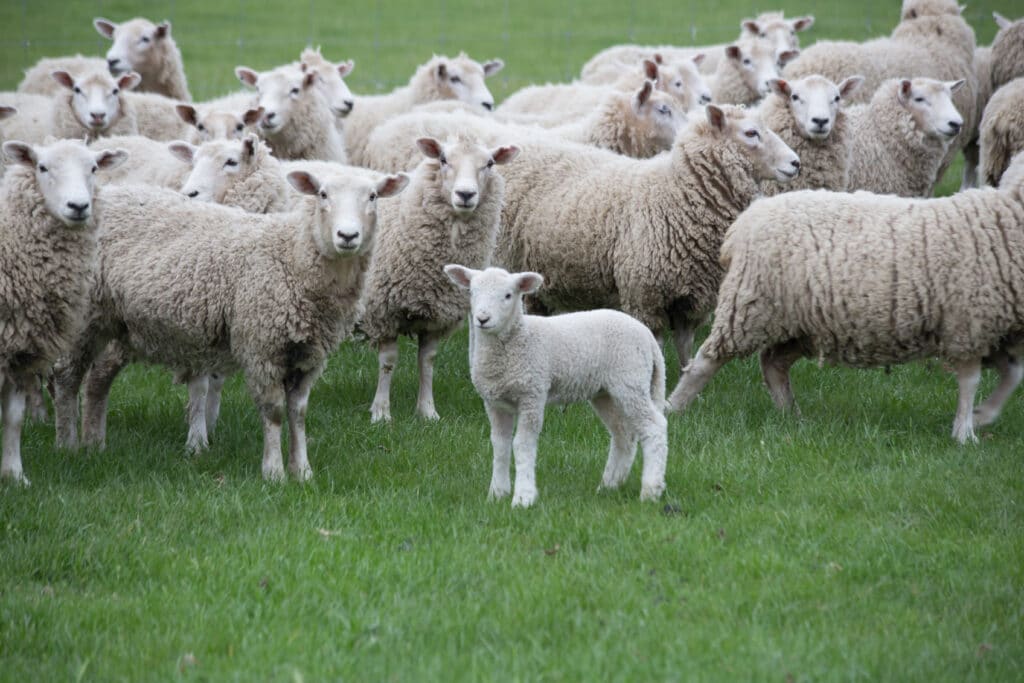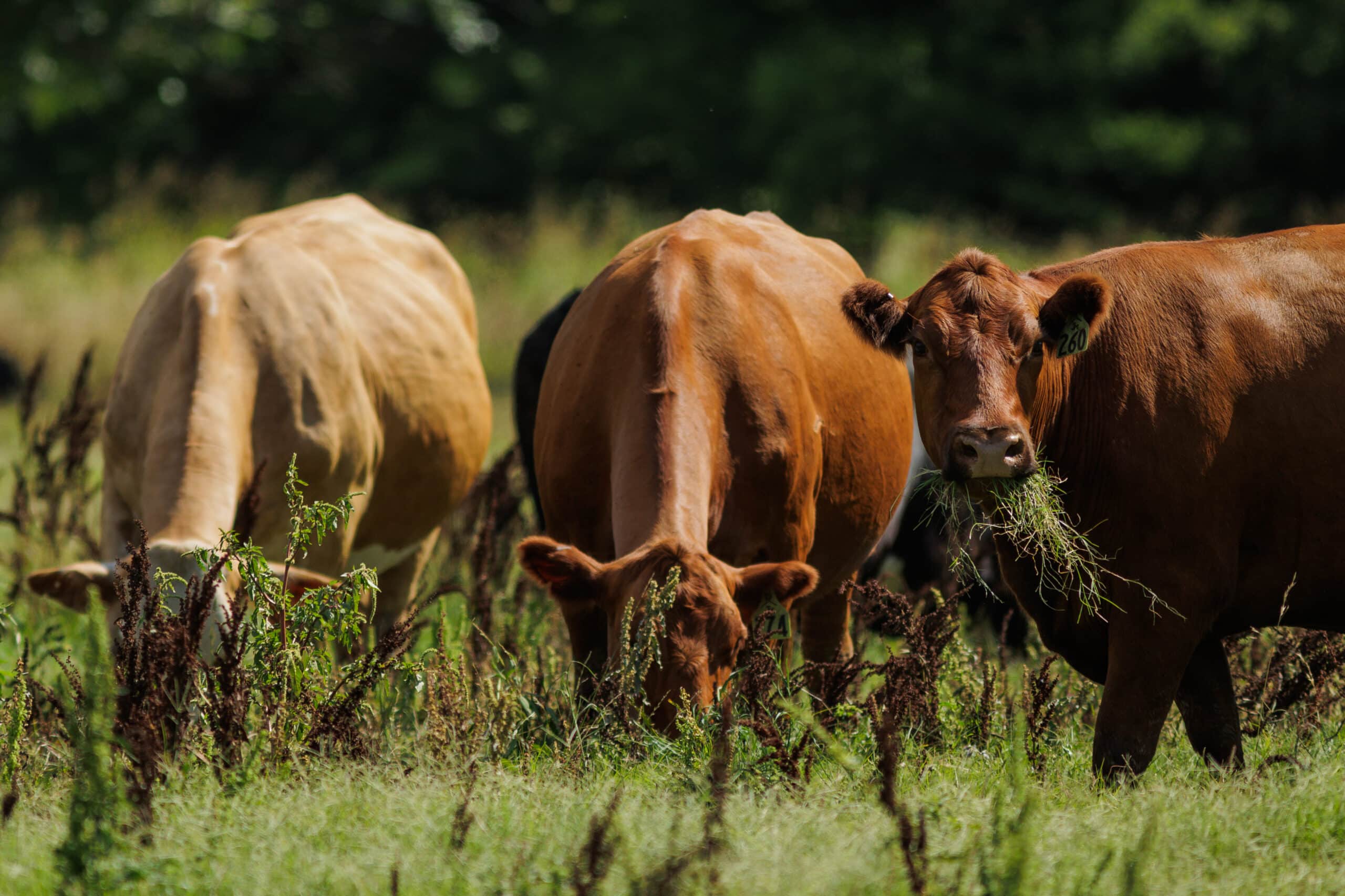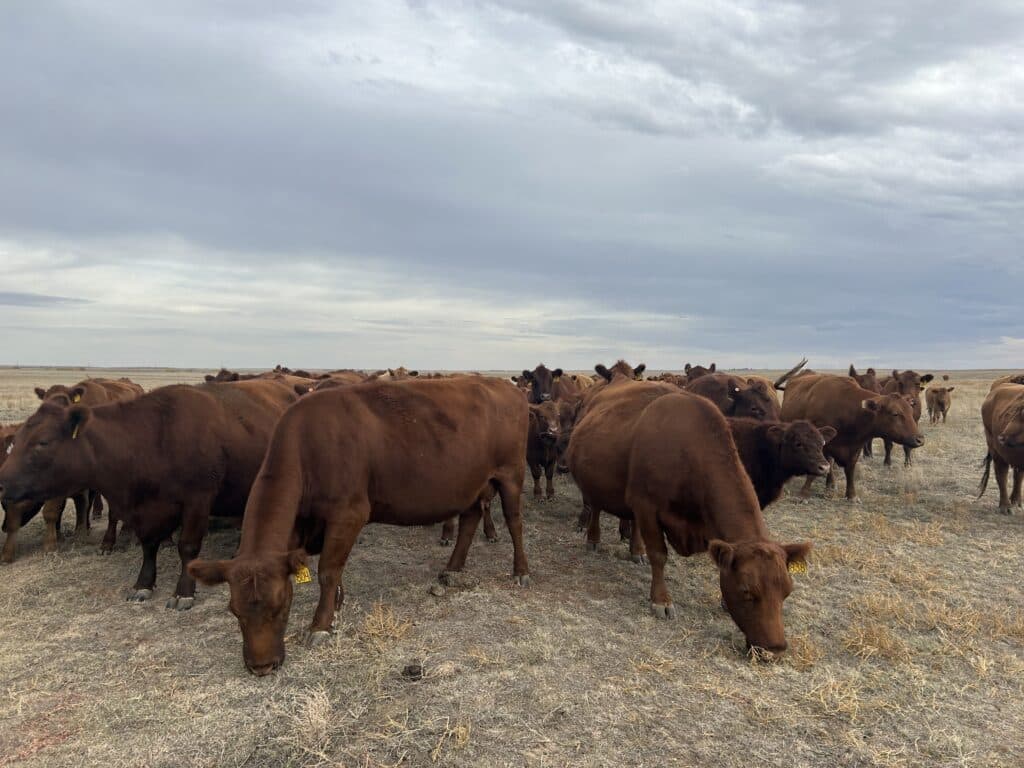Scanning Sheep for Successful Lambing

How pregnancy scanning your ewes leads to increased farm productivity.
- Why should you scan your sheep?
- When should you scan?
- Manage ewes according to their needs
- Record keeping for fertility gains
- Watch our webinar on how to improve your on-farm fertility
Why should you scan your sheep?
Ultrasound scanning pregnant ewes is a straightforward management practice that can increase lambing percentage by helping farmers manage the needs of pregnant ewes.
It also means you can manage dry ewes more effectively, by rejoining them, selling them, or keeping them as a wool-producing flock that requires less feed and can be stocked more densely.
If you don’t know your sheep’s pregnancy status, dry ewes compete with pregnant ewes for feed, which is both a waste of resources and can be detrimental to lambing rates.
When should you scan?
If you are only scanning for pregnancy status (wet or dry ewes), sheep can be scanned 35 to 40 days after the removal of rams.
When scanning for single or twin status (multiples), the recommended time is from 80 to 100 days after the commencement of joining. After 100 days, it becomes harder to differentiate between single and multiple foetuses.
If you use our Operational Planner, the optimum scanning time for your operation will be automatically generated based on joining time.
Dr Rick White, Head Vet and leader of the Bayer Grow program, recommends scanning for multiples. “As we approach lambing it is very difficult to meet the energy requirements of those twin-bearing ewes,” he points out. Identifying this group means you can ensure they maintain body condition score, which relates directly to lamb birth weight and lamb survival rate.
Manage Ewes According to their Needs
“One of the most powerful improvements we can make to lamb survival is through the ability to draft ewes immediately post scanning,” Dr Rick White says.
Rick explains that, ideally, ewes aren’t only drafted according to single- or twin-bearing status. Ewes bearing twins should also be drafted into heavy or light body condition – a process that’s streamlined with AgriWebb’s Livestock Scorer.
“We can then allocate the best feed for the ewes that are in the twin group on the lower body condition,” he says. This is the mob where the most gains can be made through an increased lamb survival rate.
There may be barriers with labour costs and farm infrastructure, but if possible, restricting mob density and size can also improve lamb survival. Guidelines from the Making More From Sheep program, developed by Australian Wool Innovation (AWI) and MLA, suggest keeping stock densities under 18 ewes per hectare in twin lambing paddocks.
Recommended mob sizes are:
- Twin bearing mature ewes: 100–250
- Single bearing mature ewes: 400–500
- Single bearing maiden ewes: 250–400
Record Keeping for Fertility Gains
During the pregnancy scanning process, AgriWebb makes it easy to keep records up to date, whether you’re scanning, scoring or drafting. You can also produce fertility reports to track how you’re progressing across a season and, once you accrue a bit of data, see how your natural increase is going, year on year.
Rick emphasises the importance of accurate farm records for ongoing success. “An analysis of the current records dictates where we need to focus our attention and planning for the next year,” he says.
“Properties that have good records on a mob-by-mob basis allow us to make strategic decisions, which deliver much more return on investment than if we are guessing where to spend the money.”
Plan, Measure and Improve your Fertility Performance
To learn more about how farm management software can help with your flock’s fertility, watch our webinar featuring Dr Rick White: Plan, measure and improve your on-farm fertility performance.
If you’re interested in how we track this data, head over to our sheep management software page to learn more.


